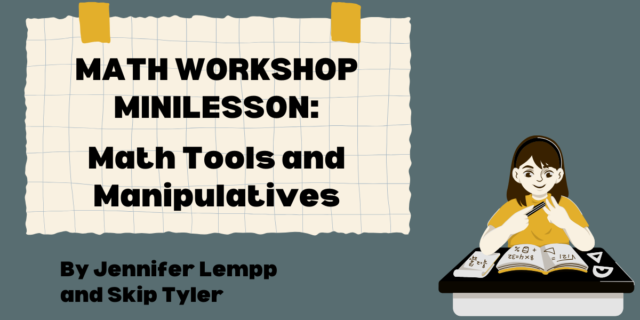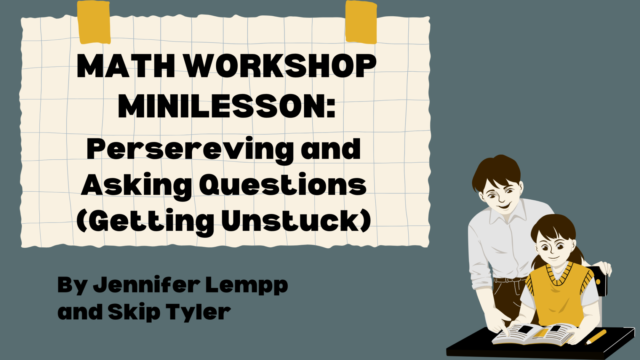
What is a Guided Math Group?
Guided math groups are small, fluid, and flexible groups of students that you meet with as they explore rich mathematical tasks. These flexible groups are not fixed ability groups. Instead, the groups will change based on students’ needs. While the tasks or activities may vary between groups, all students discuss, debate, defend, and revise their thinking and learn from their peers.
Some of the most common guided math lessons allow students to explore, problem-solve, and interact with the mathematics through games and other engaging activities. Students will explore and discuss new concepts or skills, often with the use of manipulatives; they will solve problems and share strategies, representations, and reflections; and they will practice skills with fun and engaging activities while you observe and take anecdotal notes.
Small group instruction provides the opportunity to learn so much about individual students and their thinking. Students are frequently more engaged in small-group work than they are during large-group instruction. All students deserve to be taught in the zone of proximal development, so as teachers we need to ensure that we differentiate lessons and activities to allow students opportunities for success.
Structures for Guided Math Groups
It’s important to remember that these small groups should be temporary, fluid, and flexible. While you might have planned a particular group, real-time data from formative assessments might change your plans—be open to these last-minute adjustments!
It’s a good idea to prepare student and teacher materials for the small-group instruction. You’ll want to have tool kits of manipulatives and templates for both you and your students, chart paper, vocabulary materials, whiteboards, and a way for you to take notes.
When forming groups, you might consider the following three structures:
1. Heterogeneous Groups
Heterogeneous groups are comprised of students who are at different levels of competency with the material. These groups are useful when introducing and exploring new concepts. These are most common at the start of a unit.
2. Homogeneous Groups
Homogeneous groups are comprised of students who have similar skills and abilities. These groups are useful when addressing targeted needs, such as working with students who have yet to develop proficiency with a standard, or students who are ready for an extension. These are most common after a unit has started and you have real-time data to use. Remember, these are not fixed groups! They should change as student needs do.
3. Interest Groups
This kind of group allows students to choose topics they want to meet with you about. These groups can occur at any time during a lesson or unit.
As you embark on the journey of guided math groups, it’s important not to rush! Remember to start small and don’t worry if you don’t meet with every student every day. Focus on how you are differentiating instruction, how you can best meet the needs of all students, and how you decide who is in each group each day.
This piece has been adapted from A Teacher’s Guide to Math Workshop (2023) by Dr. Nicki Newton, Dr. Alison J. Mello, and Janet D. Nuzzie.



